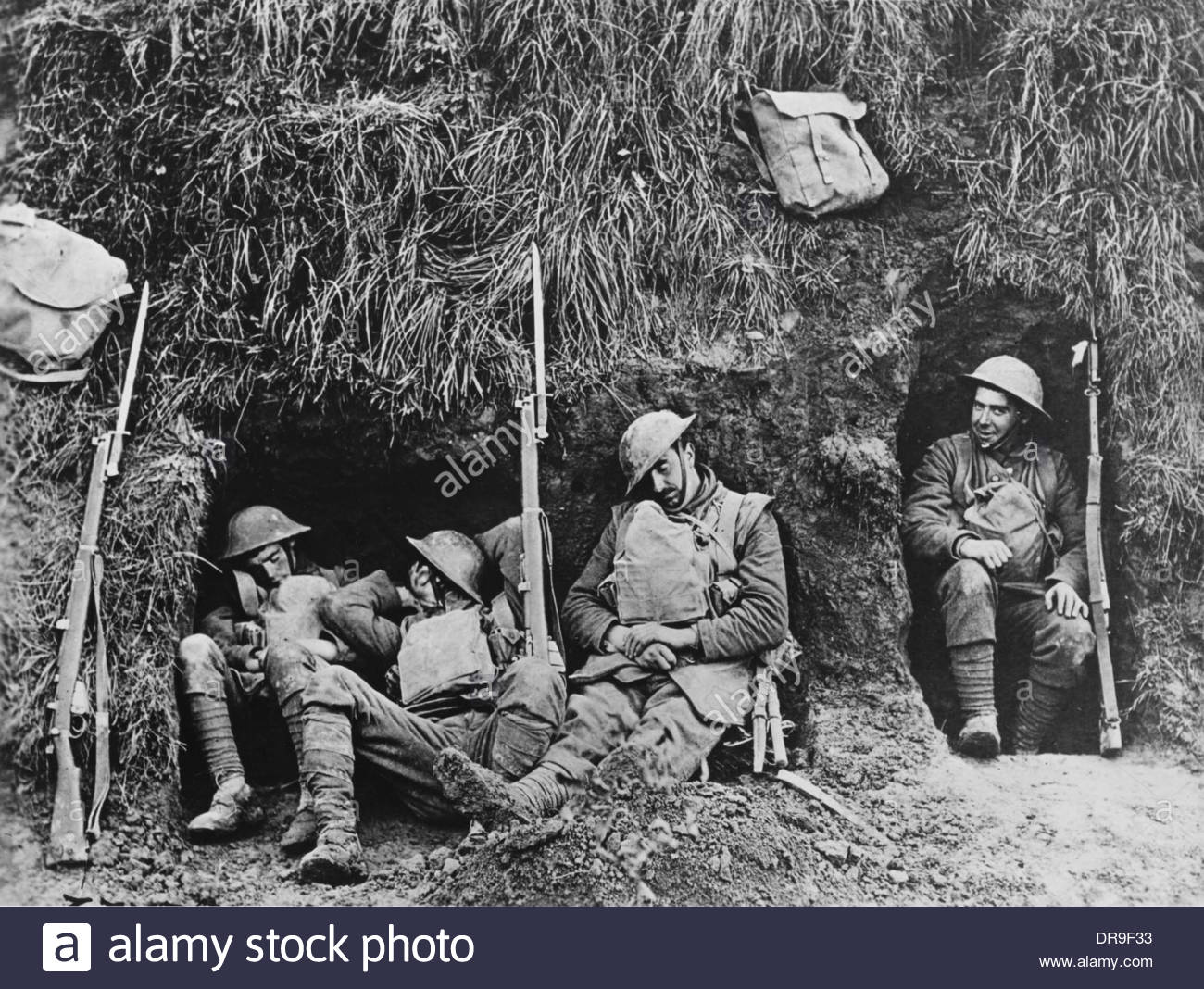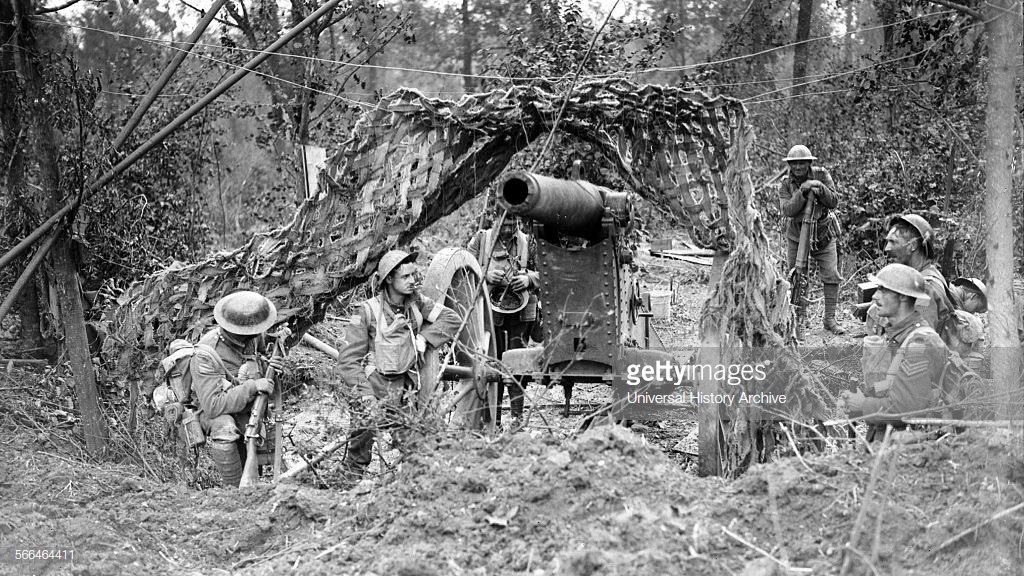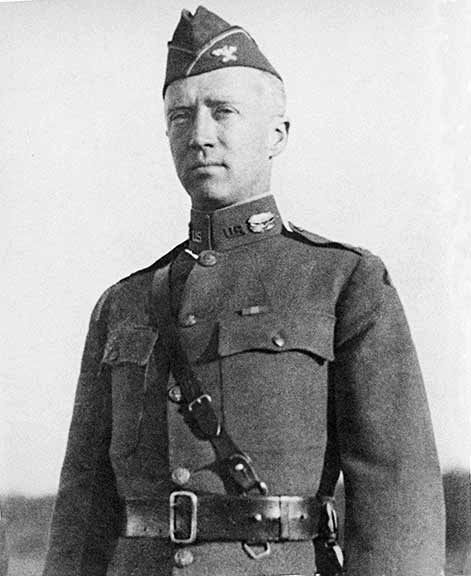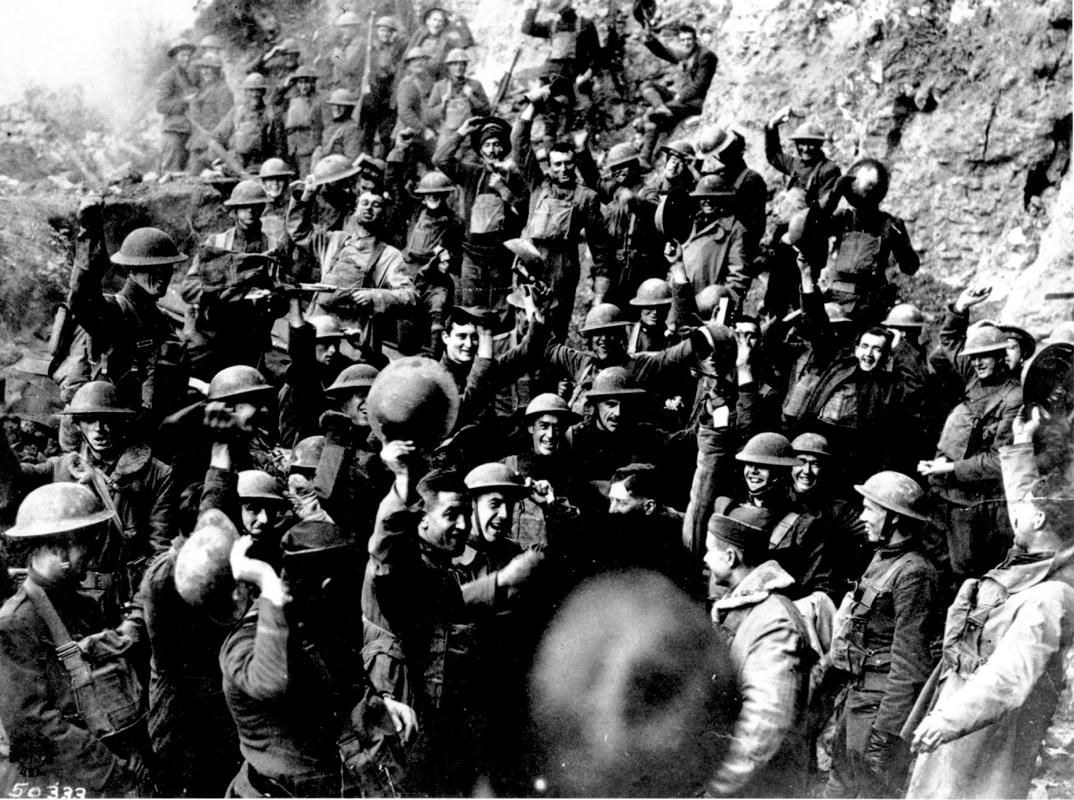German Line Collapsing. Germans Surrendering Everywhere.
American Officer and the Tank. ‘It Will Kill Many Germans.’
Special to The Great War Project.
(3 September) By these days a century ago, German morale is low and plunging lower.
So reports historian Martin Gilbert. “Considerable Allied advances were made throughout the Western Front. Top French commander Marshal Foch was so confident that he reported to the French Prime Minister George Clemenceau that “he could secure victory in 1919,” according to historian Gilbert.

Allied soldiers at rest. August 1918.
The top British general, Sir Douglas Haig, is even more confident now. “He expressed his confidence that victory could come before the end of 1918.”
“Yet for every victorious headline there was a somber subtext.”
The Allies have not won the war yet. And despite the imbalance in troop strength on the Western Front – the Germans outnumber the Allies in troop strength by 42 divisions to thirty two – “in the Allied armies there was a sense of purpose, even exhilaration.”
Reports historian Gilbert, “One by one the scenes of the most desperate fighting on the Somme in 1916 were erased.”

A lull in the fighting.
“Each day,” Gilbert reports, “the Germans continue to be pushed back.” The details are impressive.
On August 25th Mametz Wood was captured. It had been the scene of ferocious fighting and heavy casualties in 1916.
On August 25th the Germans withdraw ten miles on a 55-mile long front. On August 27th British troops overrun Delville Wood, yet another scene of slaughter and defeat in 1916.
Two days later the Germans begin the evacuation of Flanders, historian Gilbert reports – all the towns and villages, hills and rivers they had conquered earlier. The German command decides on a purely defensive strategy.
“The Germans were to be given no respite on the Western Front,” reports historian Martin Gilbert. “As August ended, ferocious Allied assaults were made against them.”
It seems as though the Germans and the Austrians were falling back everywhere at the hands of the French, the British, and the Americans. The last days of August were a particularly good period for the Allies.
So on September 3rd reports Gilbert, the French commanding general Marshal Foch “gave the order for continual attacks along the whole length of the Western Front.”

Canadian soldiers, in the Battle of Amiens, France, August 1918. (Photo by: Universal History Archive/UIG via Getty Images)
“By contrast that same day the German command issued a secret order to stop defeatist talk by German soldiers on leave.”
In the first week of September a century ago, the Germans are evacuating positions in northern France that they’ve occupied for years. And these withdrawals are coming just as the Allies have amassed “an enormous arsenal of weaponry – more than 3,000 guns, 40,000 tons of ammunition.”

Lt Colonel George Patton
The Allies have assembled 12,000 hospital beds to deal with the inevitable wounded to come. It is to be an enormous offensive. It will take place at a spot called the St Mihiel Salient. Among the officers leading American soldiers into battle is one Lieutenant Colonel George S. Patton.
His weapon of choice: the tank. He tells his men, “American tanks do not surrender as long as one tank can go forward and attack.”
“The tank’s presence,” announces Patton, “will save the lives of hundreds of infantrymen — and kill many Germans.”

American soldiers at St Mihiel Salient.
